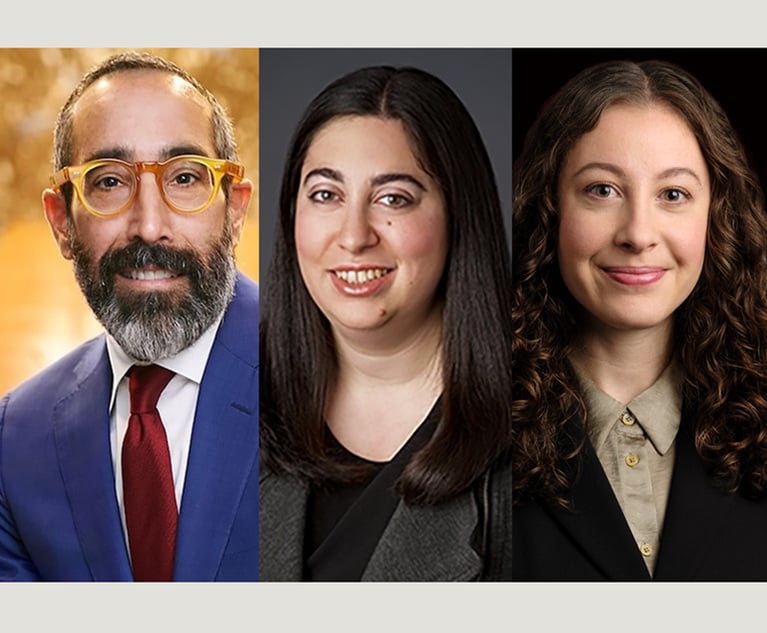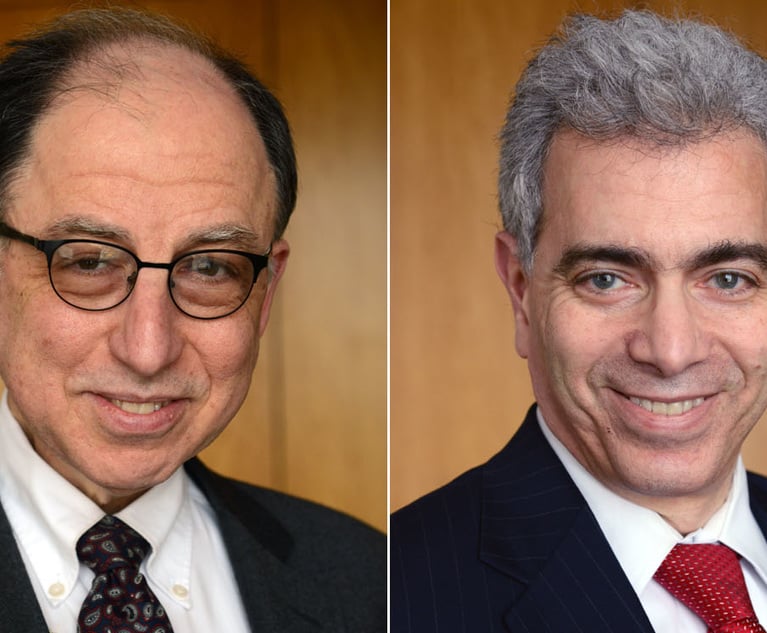Does a biological parent have greater rights to a child than an individual whose parental rights are established through a preconception agreement?
In New York, “parent” is defined by case law. As a result, six distinct avenues now exist in establishing legal parentage of a child: biology, adoption, presumption of legitimacy through marriage, assertion of estoppel (equitable and judicial) and the existence of a preconception agreement to have and raise a child together. A recent decision on appeal to the Appellate Division, First Department (K. v. C.) suggests that a hierarchy exists to parental creation whereby biology sits at the top of the ladder and the Court of Appeals’ recently devised preconception agreement rests at its lowest rung.


 Eric Wrubel. Courtesy photo.
Eric Wrubel. Courtesy photo.




